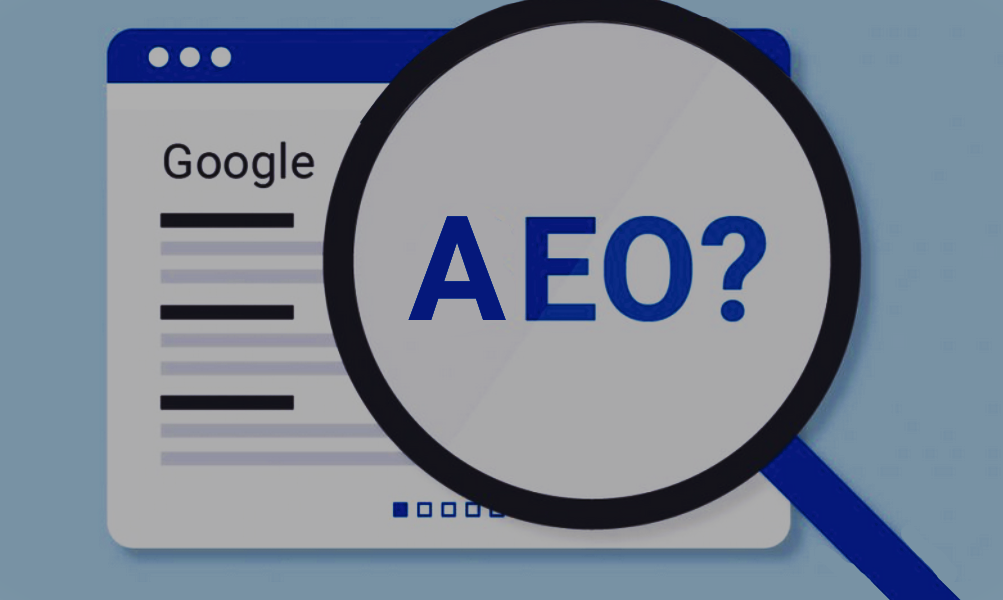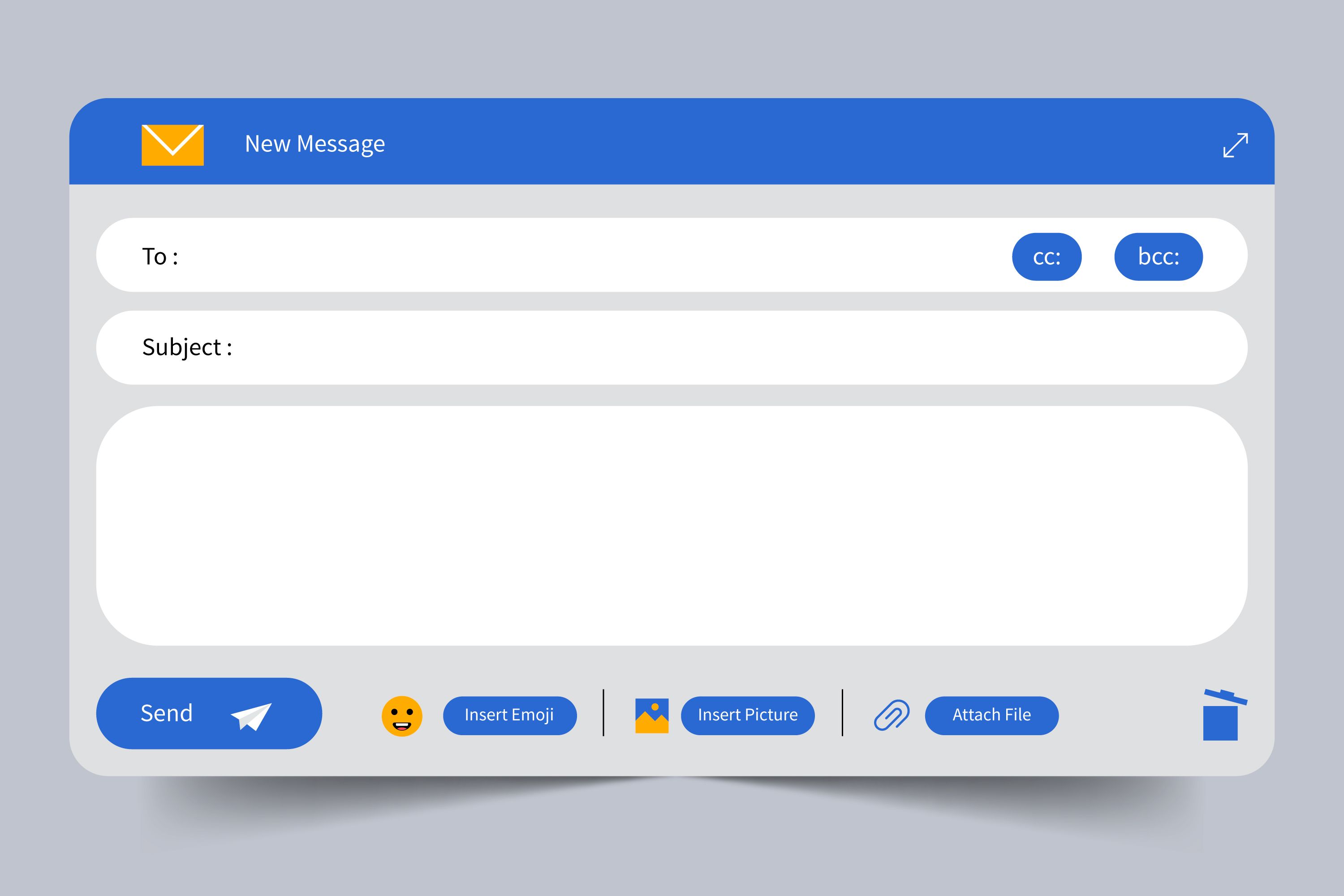
Search Engine Optimization (SEO) is the process of optimizing your website to rank higher in search engine results pages (SERPs) and drive organic traffic. SEO’s main goal is to make your website more visible on search engines like Google, Bing, or Yahoo through techniques such as:
Keyword Optimization: Identifying and using keywords people use to search for information related to your site.
Quality Content: Creating relevant, helpful content that aligns with search intent.
Backlinking: Gaining links from other trusted websites to improve credibility and ranking.
Technical SEO: Ensuring that your site’s structure, load time, mobile friendliness, and indexing are optimized.
In essence, SEO helps websites be found by the algorithms of traditional search engines.
Answer Engine Optimization (AEO) is focused on providing precise, direct answers to users’ questions, often delivered through voice search and featured snippets. AEO aligns with the rise of “answer engines,” which are platforms and algorithms designed to interpret user intent and provide quick, accurate responses rather than a list of search results.
Key features of AEO include:

Imagine a user searching for “Best Italian restaurants near me.”
This example highlights how SEO helps websites be “discovered,” while AEO provides a direct answer for immediate user satisfaction.
In 2024, optimizing only for traditional search engine algorithms isn’t enough. As technology progresses, users expect faster and more precise answers, especially with the rise of voice search and AI-driven assistants. Here’s why both SEO and AEO should be part of your strategy:
Capturing a Wider Audience: SEO helps bring organic traffic, while AEO enables businesses to capture users seeking quick answers, whether they’re searching by typing or using voice search.
Improving User Experience: AEO is more user-focused, enhancing the experience for those looking for direct answers. Both SEO and AEO combined can satisfy diverse user needs and behaviors.
Voice Search Dominance: With nearly 50% of searches expected to be voice-based by 2025, optimizing for AEO positions your brand to stay relevant in voice search results.
Use Natural Language: Write in a conversational tone that mirrors how people speak, especially in FAQ sections, to optimize for voice queries.
Implement Structured Data Markup: Use schema markup to help search engines identify and present your content accurately in search results. Schema for FAQs, how-tos, and product information can help boost AEO.
Focus on Answering Questions: Create content that addresses common questions in your industry. Tools like Google’s “People Also Ask” and keyword research tools can help identify these questions.
Optimize for Featured Snippets: Structure content to fit Google’s featured snippet format, including short, clear answers at the beginning of articles.
Keep Content Fresh and Relevant: Both SEO and AEO benefit from up-to-date information. Regularly update pages and blog posts to align with the latest trends or questions your audience may have.
Adapt to Mobile and Voice Search: As AEO is closely tied to mobile and voice search, ensure that your site is optimized for mobile responsiveness and loads quickly.
While SEO and AEO differ in goals and tactics, they work hand-in-hand to maximize visibility and engagement. SEO attracts users by increasing your content’s visibility in search results, while AEO provides them with the precise answers they need. As voice search and direct answers become the norm, embracing both SEO and AEO strategies is essential for staying competitive and meeting the modern user’s expectations.
To thrive in digital marketing, stay adaptive. By leveraging both SEO and AEO, your brand can remain visible across traditional search engines and the growing landscape of answer engines. Whether it’s a blog post or a product page, aim to make your content accessible, relevant, and valuable to meet users’ needs in 2024 and beyond.





